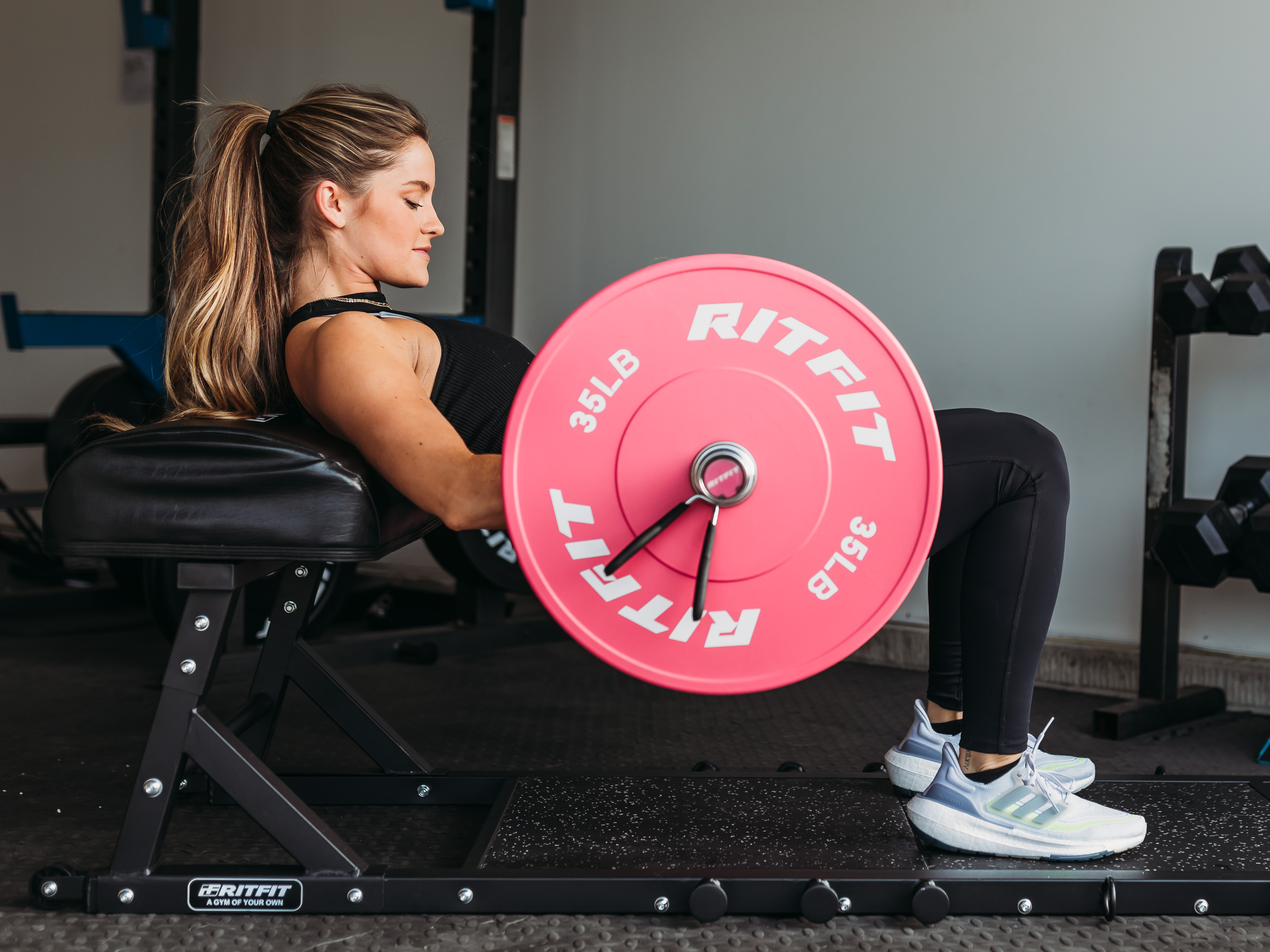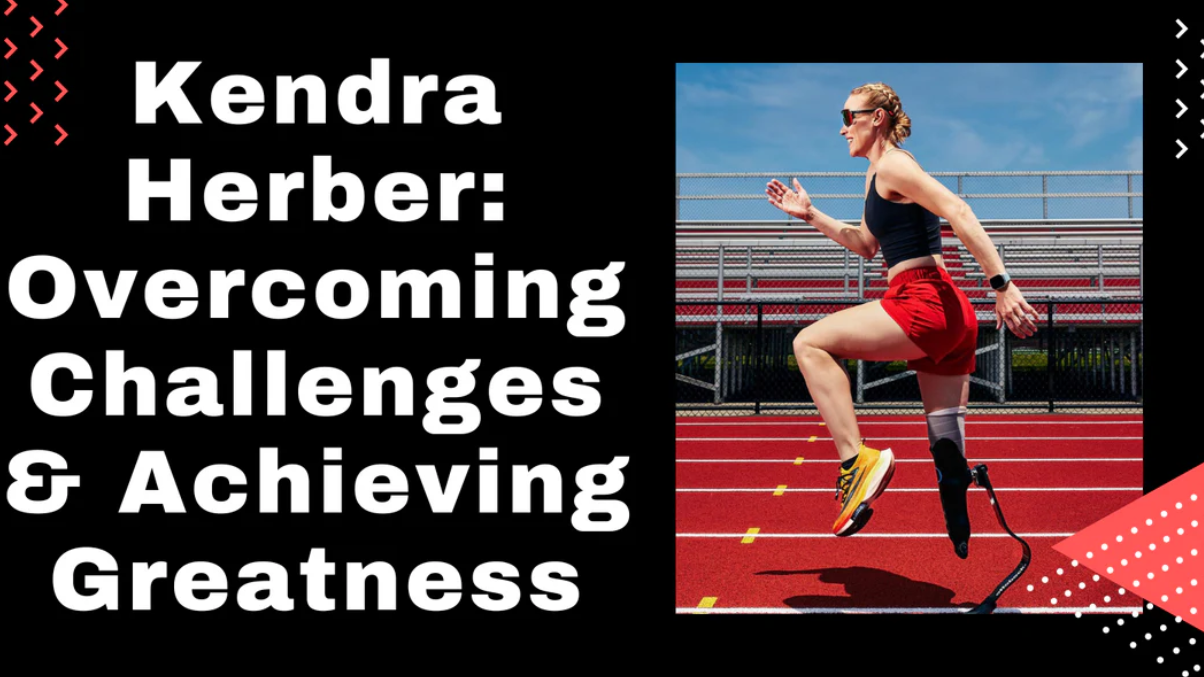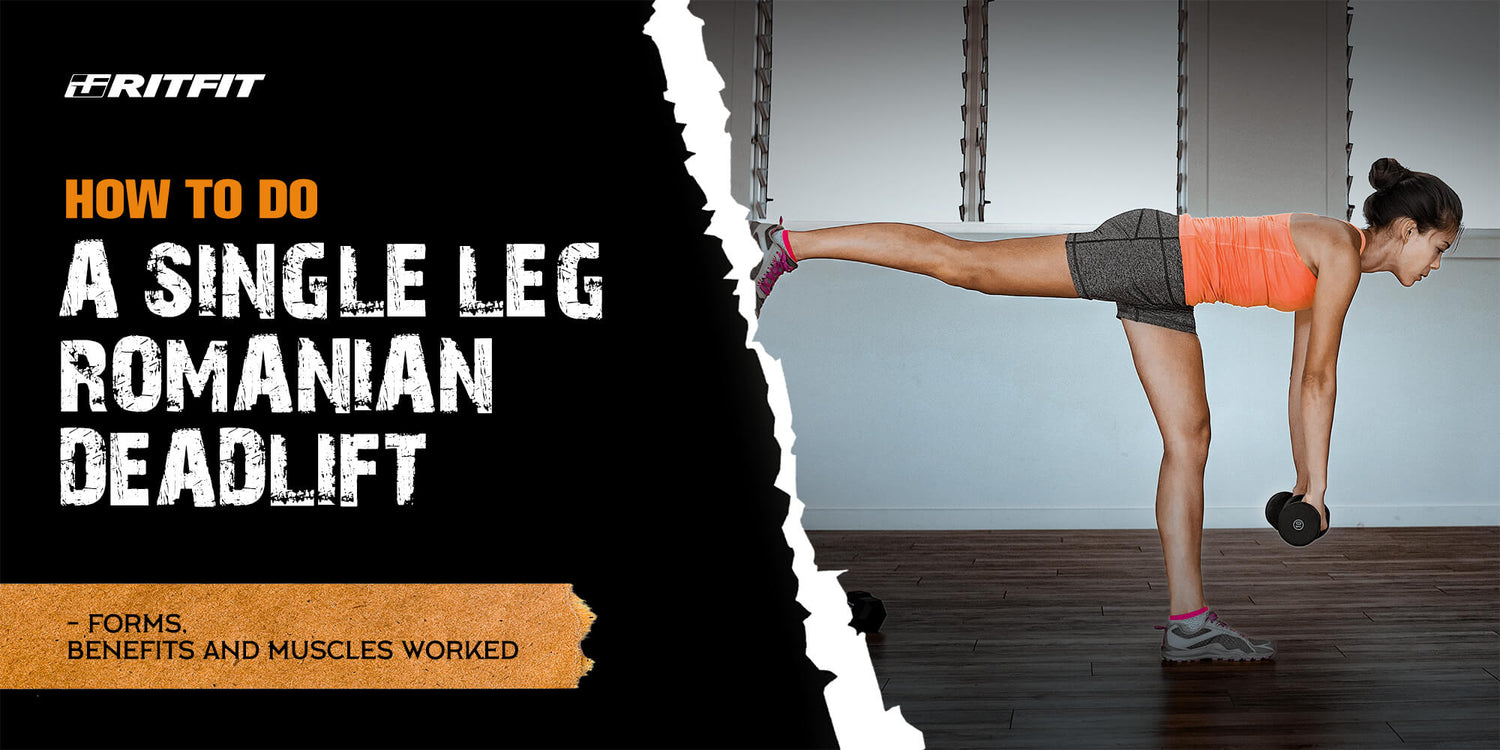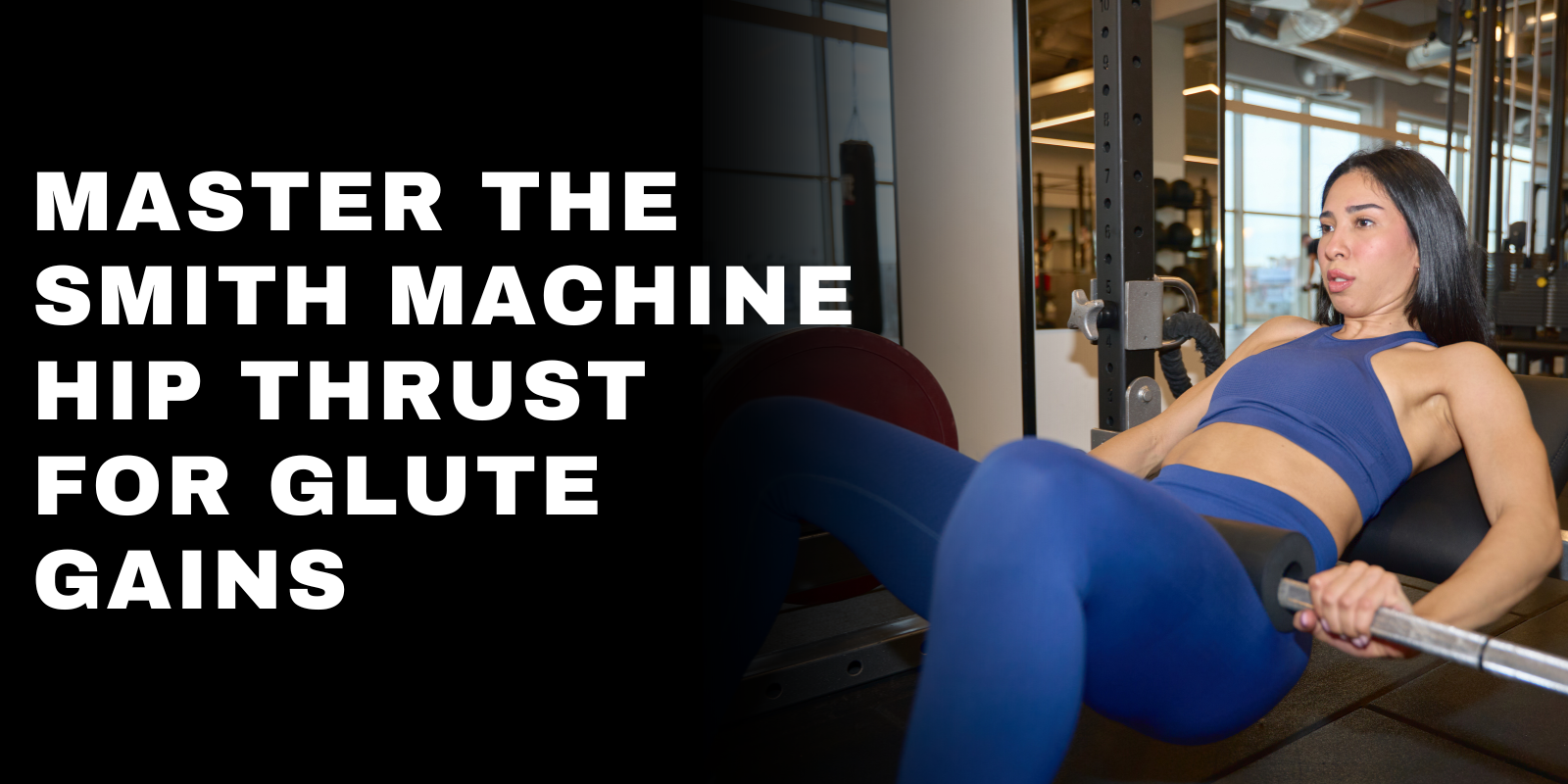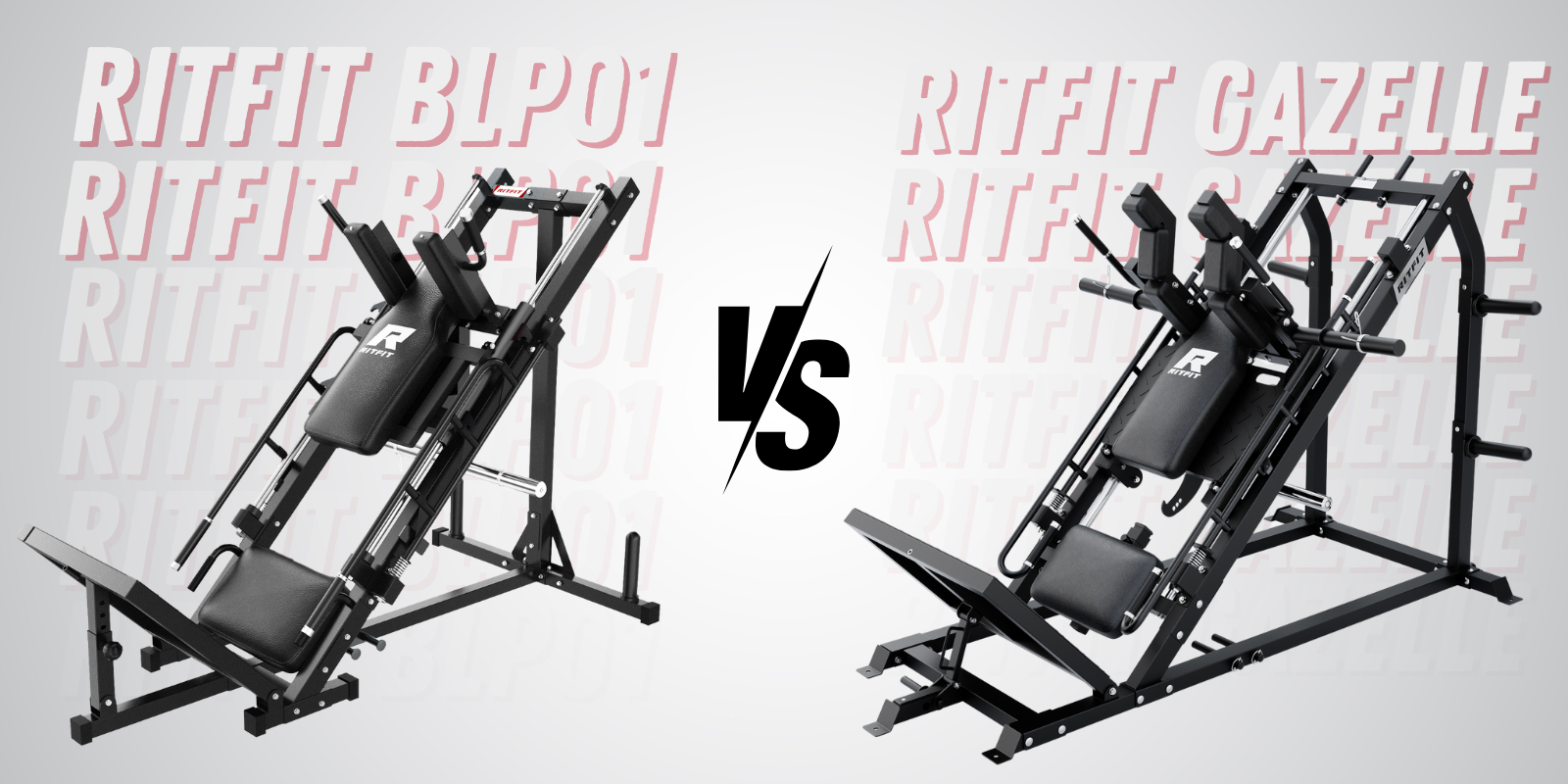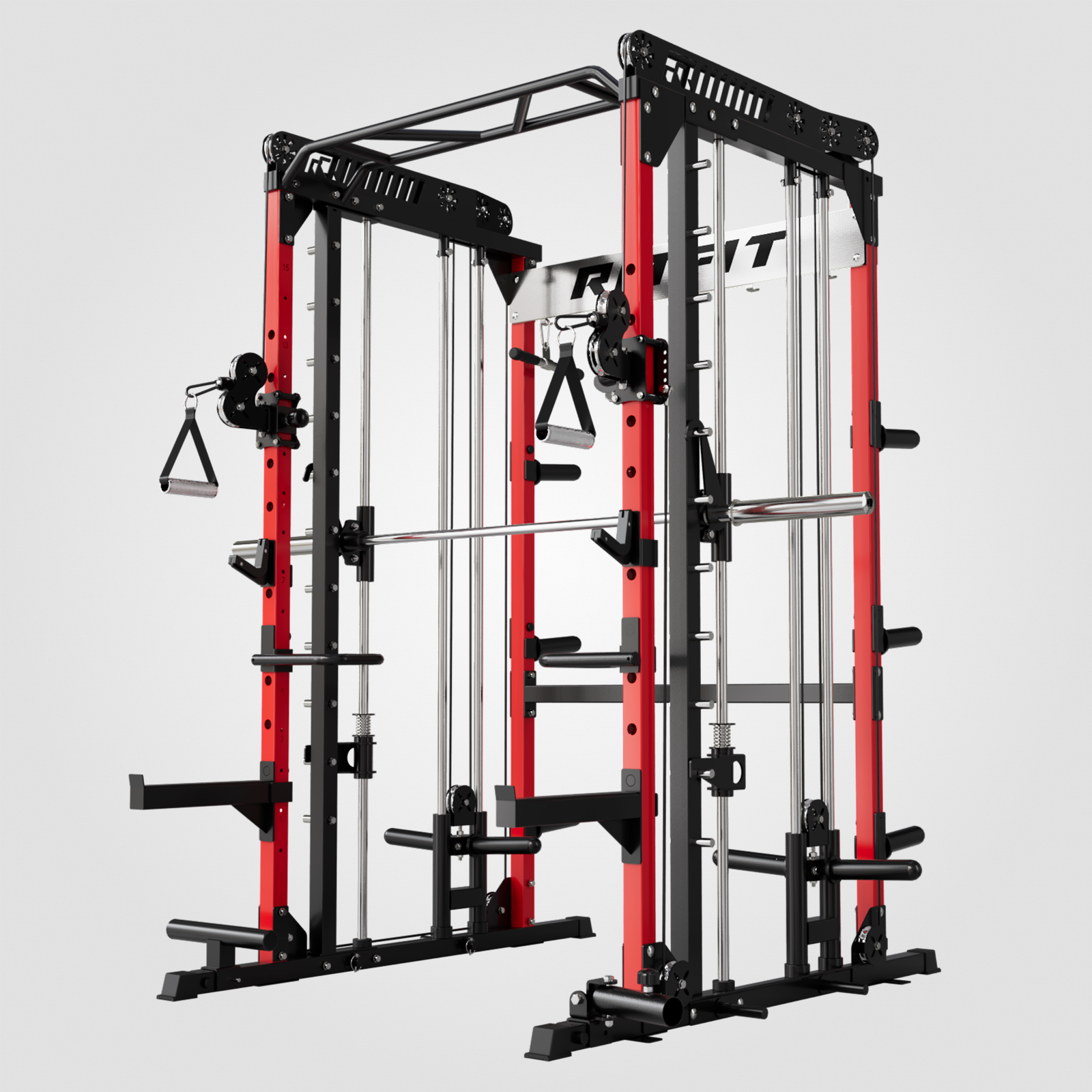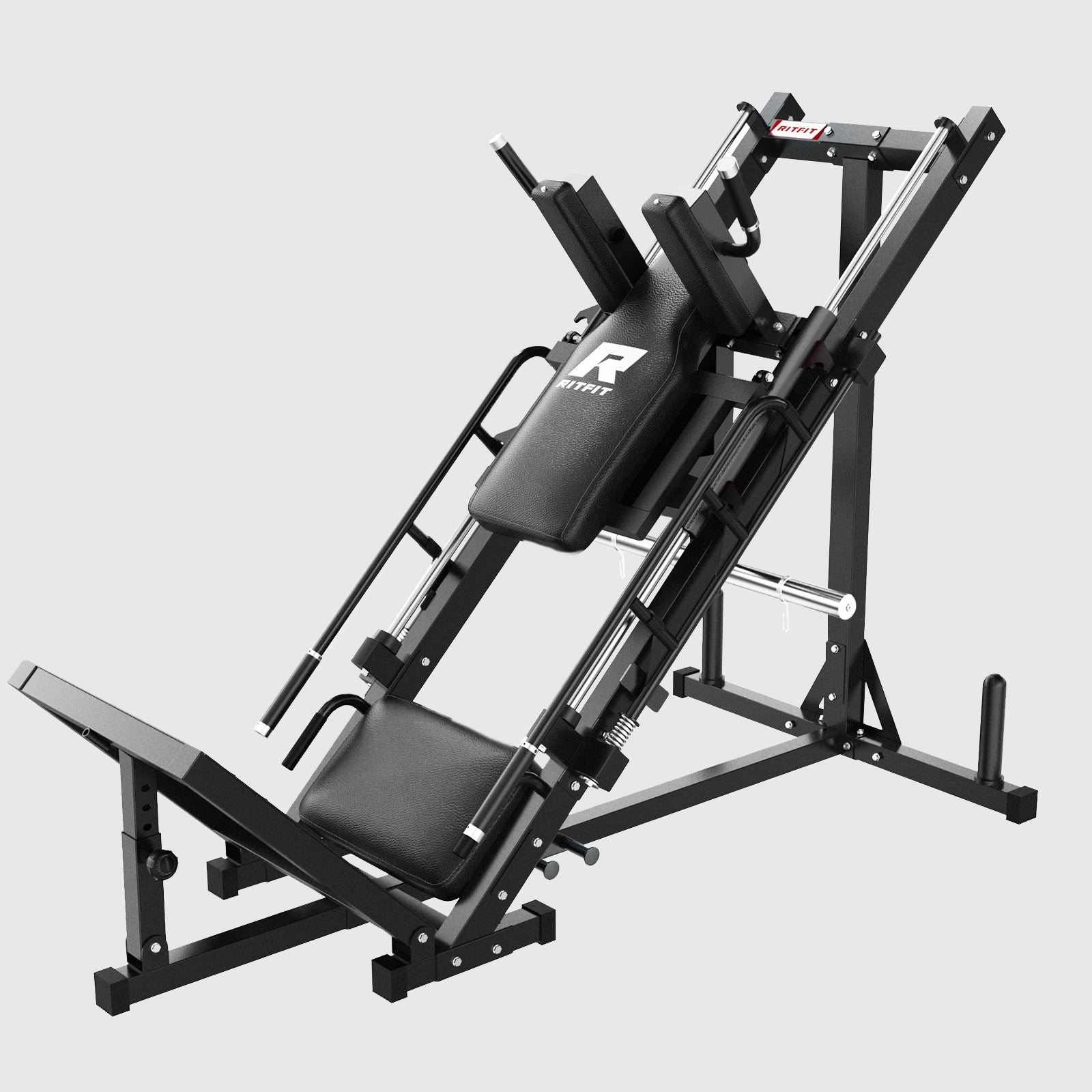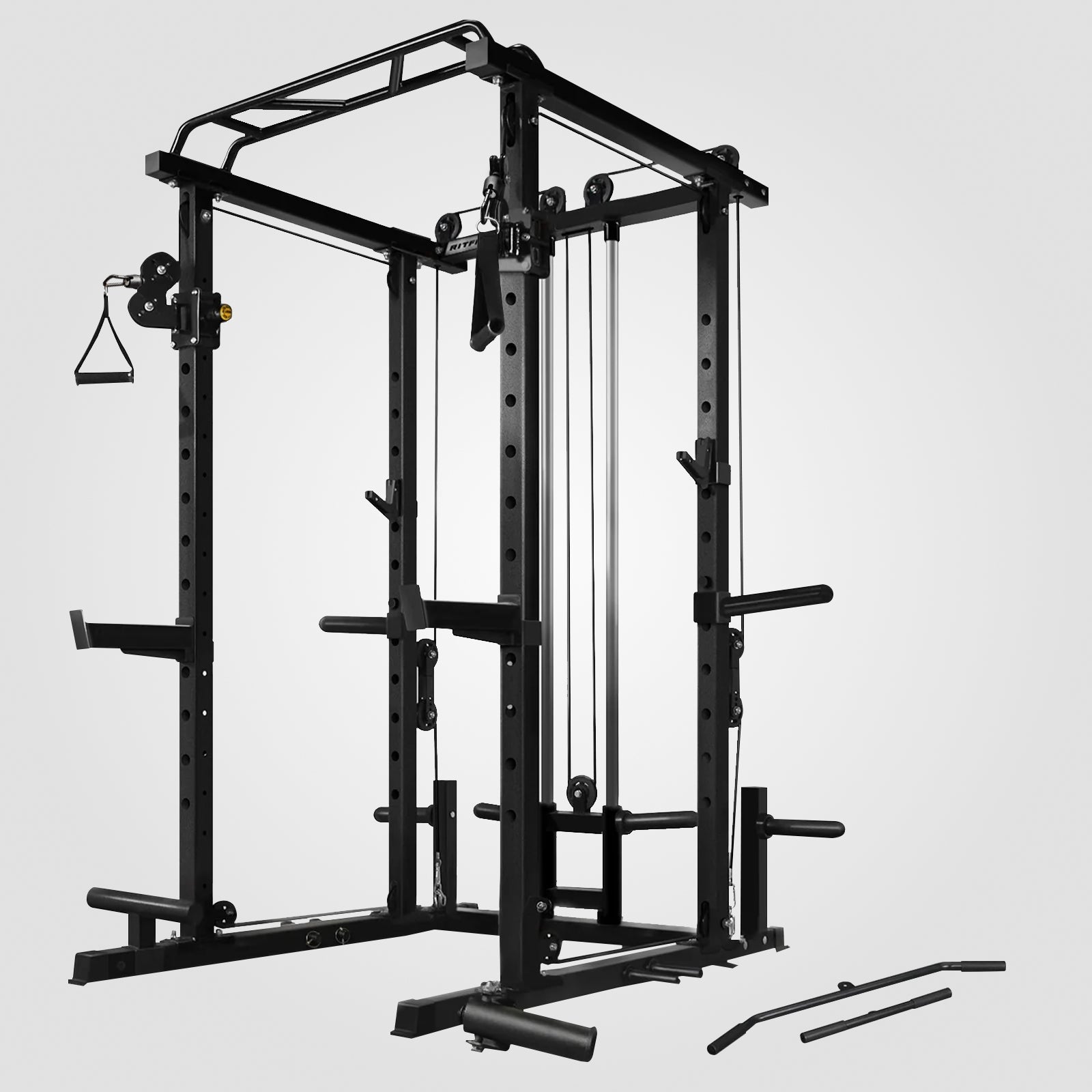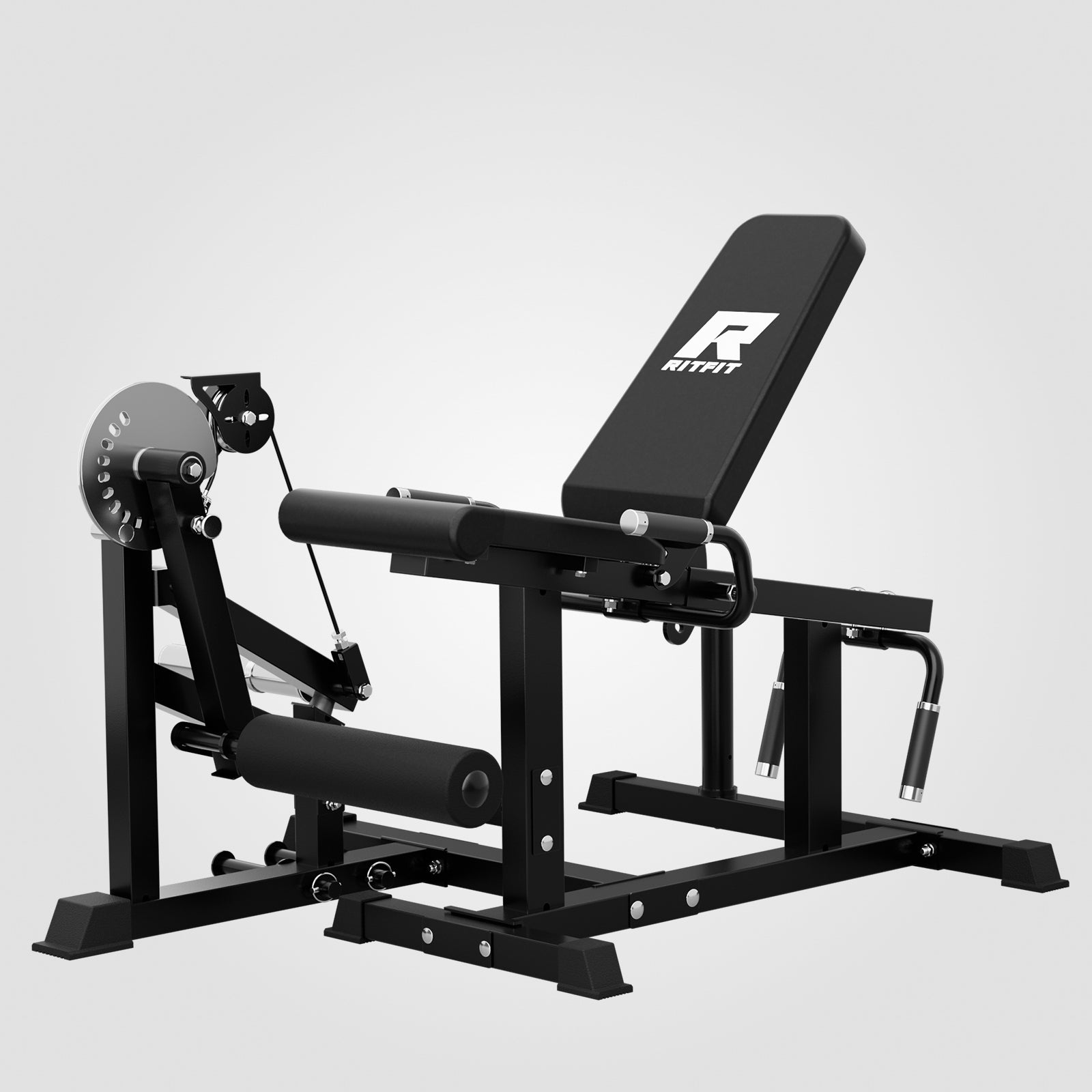Are you tired of doing the same old squats and lunges in your leg day routine? Well, fear not, my fitness friend, because today we're going to spice things up with a move that will make your legs quiver (in a good way). That's right. We're talking about the single-leg Romanian deadlift, or as everyone like to call it, the "single-leg RDLs."
You may think, “I can barely balance on two legs; how am I supposed to do this on one?" But don't worry; we'll also be breaking down the steps to help you master this move and feel like a fitness pro. So let's get our single-leg RDL on and get to know everything about it.
What Is A Single-Leg Romanian DeadLift
The single-leg Romanian deadlift is the unilateral lower body exercise that strikes fear into the hearts of even the most seasoned gym-goers. However, its benefits motivate a lot of fitness freaks to try and learn about it. Now the question is, what Single-leg Romanian deadlift is?
A single-leg RDL is a modified version of the traditional deadlift meant to balance your body on just one leg at a time. It entails leaning forward and bending down at the hips, causing the torso to tilt, maintaining a straight back and raised leg.
Think of it like a graceful dance move, except with a heavy weight in your hand and a burning sensation in your glutes. Well, the hard work pays off with excessive core strength. So, let’s see how to do it.
How To Do A Single-Leg RDL In The Right Form
The single-leg RDL, or Romanian deadlift, is an excellent exercise that helps to develop balance, stability, and strength in your hamstrings, glutes, and lower back. This exercise is ideal for fitness freaks working out to be rock-solid and steady. Meanwhile, it’s difficult as it targets multiple muscle groups in their lower body. In this section, I will teach you how to do a single-leg RDL in 6 straightforward steps.

Step 1:
Start standing with your feet hip-width apart and your arms at your sides. Ensure that you stand tall with your shoulders pulled back and your chest lifted.
Step 2:
Shift your weight onto your left foot and lift your right foot off the ground slightly. There must be a slight bend in your left knee to maintain stability and balance.
Step 3:
Hinge at the hips and push your butt back while lowering your torso towards the ground. As you do this, reach your right foot back behind you, keeping your right leg straight and your foot flexed. Ensure your torso remains straight throughout the movement to avoid straining your lower back.
Step 4:
Lower your torso as far as possible while maintaining a flat back and keeping your left knee slightly bent. Keep your right foot off the ground throughout the movement. Besides, you must gaze forward and maintain a neutral neck position.
Step 5:
Pause at the bottom of the movement, then engage your glutes and hamstrings to lift your torso back to the starting position. Squeeze your glutes at the top of the action and maintain balance.
Step 6:
Repeat the movement on the other leg, shifting your weight onto your right foot and lifting your left foot off the ground.
Lastly, practice it several times before you do it with weight. Besides, When performing this exercise, maintain proper form and technique, keep your core engaged, and focus on the mind-muscle connection to target the correct muscle groups. With practice, you can master the single-leg RDL and reap its many benefits.
Muscles Worked In Single Leg RDL
Are you ready to learn about the incredible muscle groups targeted when performing a single-leg RDL? This exercise is a powerhouse for building strength, stability, and balance in the lower body. To effectively target the right muscle groups, it's essential to understand which muscles are worked in a single leg RDL.
First and foremost, the single-leg RDL primarily targets the hamstrings on the back of your thighs. These muscles work hard to stabilize your leg as you hinge forward and then contract and pull your body back up to the starting position. The hamstrings are essential for walking, running, and other daily activities, making the single-leg RDL an excellent exercise for improving overall leg function.

In addition to the hamstrings, the single-leg RDL targets the glutes, specifically the gluteus maximus. This muscle is the largest in the body and plays a significant role in hip extension, which is essential for jumping, sprinting, and squatting. By working the glutes, you can improve your overall power and explosiveness in your lower body.
The erector spinal muscles in the lower back actively work out during this unilateral lower-body exercise. These muscles stabilize your spine and prevent excessive forward bending, helping you maintain good posture throughout the movement.
Finally, the core muscles, including the rectus abdominis, obliques, and transverse abdominis, also came into play during single-leg RDL. These muscles stabilize your torso and prevent excessive movement during movement, helping you maintain proper form and avoid injury.
Single Leg RDL Common Mistakes
A perfect single-leg Romanian deadlift set can make you feel like a fitness superstar whenever you work out. However, making a few common mistakes can also leave you wobbling like a Jenga tower. Let's look at some of the missteps. You'll want to avoid this if you're going to get the most out of this exercise and avoid looking like a clumsy giraffe.
- Not keeping your core engaged: Think of your core as the sturdy tree trunk supporting your limbs as you move. Without a solid and stable core, you're more likely to wobble or lose your balance during the single-leg RDL, leading to ineffective reps or even injuries.
- Not maintaining the hips squarely: When you lift one leg off the ground, it's easy to let your hips tilt to one side. It can strain your lower back and prevent you from fully engaging your glutes and hamstrings.
- Not maintaining even weight balance: Many people let their weight shift to one side, which can throw off their alignment and increase the risk of injury. So, must watch out for uneven weight balance on your standing foot.
- Not keeping your back straight: As you hinge forward, it's essential to keep your back straight and avoid rounding your spine. It will help prevent strain on your lower back and ensure you're targeting your glutes and hamstrings effectively.
- Allowing your knee to collapse inward: As you lift one leg off the ground, it's common to let your standing knee collapse inward. It can put unnecessary stress on your knee joint and increase the risk of injury.
- Using too heavy of weight: The single-leg RDL is challenging, but you must start with a less heavy weight to control and maintain proper form. Using a weight that's too heavy can lead to ineffective reps or even injury.
- Not fully extending your lifted leg: You must stretch your lifted leg behind you fully. If you're not fully opening, you're not getting the full range of motion and may not be effectively targeting your glutes and hamstrings.
Benefits of Single Leg RDLs
The single-leg Romanian deadlift is a daunting exercise. Still, it has many benefits that make it worth incorporating into your fitness routine. Here are eight reasons why you should give this move a try:
- The single-leg RDL is an excellent exercise for strengthening your glutes, hamstrings, and lower back.
- This unilateral lower hip movement helps correct muscle imbalances and build strength evenly on both sides of your body.
- It engages your core muscles to strengthen your midsection and well-maintain your posture.
- This exercise requires a lot of flexibility in your hamstrings and hips, so regular practice can help enhance your overall flexibility.
- It's a perfect set of movements to benefit your performance in athletic pursuits. The stability and mobility benefits of the single-leg RDL can translate to improved performance in other athletic activities.
- Strengthening the muscles in your lower body can help reduce the risk of injury like a sprain, improving overall joint health.
- All you need for a single-leg RDL is a dumbbell or kettlebell, making it a great exercise at home or on the go.
- Works the posterior chain for better running, walking, and jumping performance.
Variations of Single-Leg RDLs
Maintaining the same one-legged RDL pattern might get boring and may result in plateauing progress. Therefore, this section is dedicated to four distinct single-leg RDL variants that may spice up your exercise and present fresh obstacles. These modifications can assist you in reaching your fitness objectives and keeping your exercises interesting, whether you are an experienced athlete or just getting started.
Dumbbell Single-Leg RDL
Hold a dumbbell in each hand and perform a regular single-leg RDL, but with the added weight of the dumbbells. This variation increases the resistance and intensity of the exercise, helping to build more muscle in the glutes and hamstrings.
Barbell Single-Leg RDL
Hold a barbell with both hands and perform a single-leg RDL, similar to the dumbbell variation. The barbell adds even more weight to the exercise and allows you to lift heavier weights, increasing muscle strength and definition.
Landmine Single-Leg RDL
For this variation, you'll need a landmine attachment and a barbell. Load one end of the barbell with weight and secure the other end into the landmine. Stand with your right foot on the ground and grasp the barbell with your left hand. Perform a single-leg RDL, keeping the barbell close to your body and allowing it to move along the diagonal plane of the landmine. This variation challenges your balance and engages your core muscles while working the glutes and hamstrings.
Kettlebell Single-Leg RDL
Hold a kettlebell in one hand and perform a single-leg RDL, similar to the dumbbell variation. The kettlebell's shape allows you to complete the exercise with a different grip than a dumbbell, adding variety to your workout routine. Additionally, the asymmetrical weight distribution of the kettlebell challenges your balance and coordination, making this variation an excellent choice for improving stability.
Alternatives To Single-Leg Romanian DeadLifts
The single-leg Romanian deadlift (RDL) is a challenging exercise with loads of benefits. But what if you find them difficult or if you're looking for alternatives? Well, don’t worry. Plenty of other exercises can target the same muscles and provide similar benefits. Therefore, this section will address several options for Single-leg Romanian deadlifts.
One option is the traditional deadlift. It targets the posterior chain and is less demanding on balance and stability. You can also try exercises like glute bridges, step-ups, or lunges to target the same muscle groups.
If you're looking for something more dynamic and fun, try incorporating some plyometric exercises into your routine. Jump squats, box jumps, or lateral bounds are all great options for improving lower body strength and explosiveness.
Remember, fitness should be fun and challenging but also safe and sustainable. Don't be afraid to experiment and find what works best for your body and goals. Whether you stick with single-leg RDLs or try something new, the most important thing is to stay active and keep moving forward.
Single Leg RDL FAQs
Who Should perform Single-leg RDLs?
The most extraordinary candidates for this unilateral lower-body workout are individuals who desire to strengthen their lower body and enhance their muscle-body coordination and equilibrium. It's an excellent option for athletes, runners, or anyone looking to build a more robust posterior chain. However, if you have any pre-existing injuries or conditions, it's always a good idea to consult a healthcare professional before starting a new exercise program.
How To Arrange Sets And Reps Of Single-leg RDls?
You must consider your fitness level and goals when choosing the number of sets and repetitions for single-leg RDLs. However, it's generally advised to start with 2-3 sets of 8–12 repetitions per leg. Yet, beginners should start with fewer sets and reps and increase progressively.
If you want to develop strength and muscle hypertrophy, use weights and lower reps, such as 3-5 sets of 6-8 reps for each leg. However, to improve your endurance or flexibility, use greater reps and smaller weights, such as 3-4 sets of 12-15 reps for each leg.
Always listen to your body and adjust sets and reps to challenge yourself safely and effectively.
Summary
The single-leg Romanian deadlift is an excellent exercise for anyone looking to improve their lower body strength, stability, and balance. By working the hamstrings, glutes, erector spinae, and core muscles, this exercise can help you build functional strength and improve your overall leg function.
However, with proper form and technique, you can avoid common mistakes and master the single-leg RDL, making it an essential addition to your leg day routine. So, whether you're a fitness enthusiast or just looking for a new exercise to add to your workout, the single-leg RDL is worth a try! Just don’t forget to spice up your practice with several variations to this exercise.



